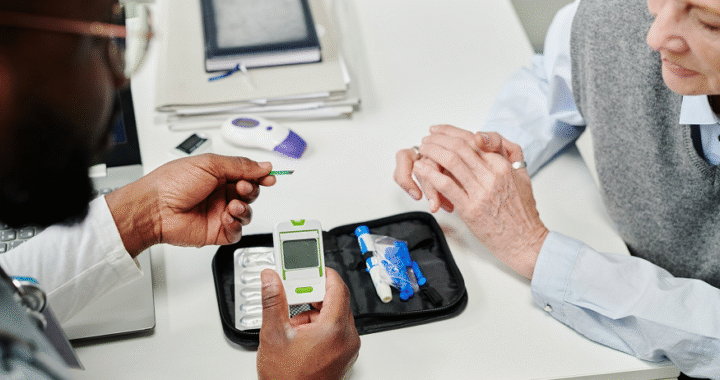Safety Net Hospitals and the 340B Drug Pricing Program

I was doing some research into the 340B Drug Pricing Program when I ran across a discussion about disproportionate share hospitals. Also known as safety net hospitals, these are the types of institutions 340B was originally designed to serve. But it dawned on me that there must be more to the safety net hospital principal than just gaining access to discounted drugs through 340B.
I did some digging and learned a lot. Safety net hospitals play a significant role in providing healthcare services across the country. They are designated as such because they provide a medical safety net to low-income populations who might otherwise struggle to access healthcare services.
Characteristics of a safety net Hospital
To my knowledge, there is no clear-cut definition of a safety net hospital codified in law. Regulators and other stakeholders look at a variety of characteristics instead. If a hospital demonstrates enough of those characteristics, it can be designated a safety net hospital.
The two main characteristics of a safety net hospital are as follows:
1. Serving High Volumes of Medicaid Patients
A safety net hospital typically serves a high volume of Medicaid patients. They also serve significant numbers of uninsured patients who are either ineligible for Medicaid or simply do not want to be on the program. This particular characteristic explains why safety net hospitals are also known as disproportionate share healthcare providers. A disproportionate share of their services go to people with limited financial means.
2. Serving as Primary Care Providers
The second characteristic of a safety net hospital is that it serves as the primary care provider for a large portion of its patient population. In practical terms, the majority of the Medicaid patients the hospital serves do not have primary care doctors. They go to the hospital whenever they need healthcare services, regardless of what those services might be.
Services Typically Offered
From the street, a safety net hospital would look no different from a traditional hospital. Many of the same services found at a traditional hospital are also offered at a safety net facility. At the top of the list is emergency care. Most safety net hospitals are also Level I trauma centers capable of handling the most critical cases.
Additional services available at most safety net hospitals include:
- Inpatient care for chronic diseases and conditions.
- Outpatient care that includes preventative medicine and primary care.
- Community health programs including education and social support.
What you typically do not see at a safety net hospital is a heavy concentration on more advanced specialties like cardiology and oncology. Safety net hospitals are more general in nature. They serve a much wider population rather than focusing on specialization.
The 340B Drug Pricing Program
Safety net hospitals take advantage of the 340B Drug Pricing Program to save money they can then put toward expanding healthcare services for the indigent. A safety net hospital might call on a firm like Ravin Consultants, a consulting firm made up of 340B experts, to help establish and maintain its 340B program.
According to the original 340B statute, safety net hospitals are supposed to be using the majority of their drug savings to expand and improve services offered to the poor and uninsured. Whether or not they do is a matter of debate.
What cannot be argued is that safety net hospitals play a critical role in communities around the country. If they did not exist, certain segments of the population would struggle to access much needed healthcare services. Safety net hospitals are so much more than just participants in the 340B Drug Pricing Program.

 Gains of Using an App for Prediabetes
Gains of Using an App for Prediabetes  WHAT IS SLEEP APNEA AND WHY SHOULD YOU CARE?
WHAT IS SLEEP APNEA AND WHY SHOULD YOU CARE?  WHAT IS A VASECTOMY? EVERYTHING YOU NEED TO KNOW
WHAT IS A VASECTOMY? EVERYTHING YOU NEED TO KNOW  Vaccination Schedules For Cats And Dogs: What Every Pet Owner Should Know
Vaccination Schedules For Cats And Dogs: What Every Pet Owner Should Know  The History and Cultural Significance of Ayahuasca
The History and Cultural Significance of Ayahuasca  Understanding Common Health Issues in Small Animals: Insights from a Veterinarian’s Perspective
Understanding Common Health Issues in Small Animals: Insights from a Veterinarian’s Perspective  What Is Rapid Transformational Therapy (RTT) and How It Differs from Traditional Hypnotherapy
What Is Rapid Transformational Therapy (RTT) and How It Differs from Traditional Hypnotherapy  Fitness Enthusiasts: Strength vs. Stamina Supplements
Fitness Enthusiasts: Strength vs. Stamina Supplements  Glow Beyond 50: The Power of Targeted Serums for Eyes and Skin Tone
Glow Beyond 50: The Power of Targeted Serums for Eyes and Skin Tone